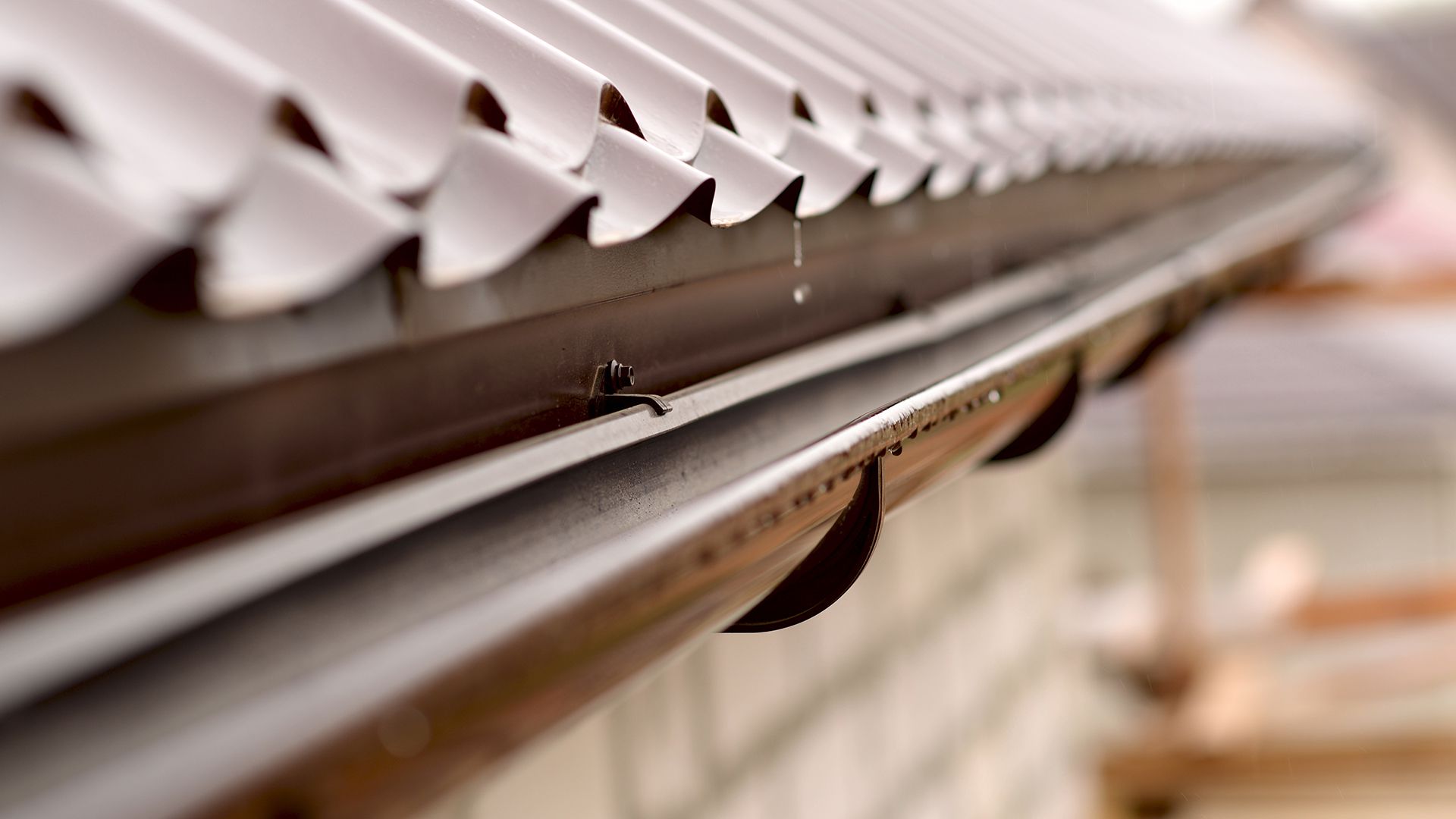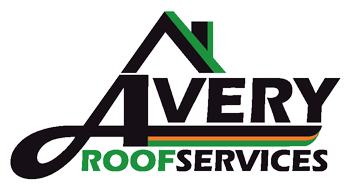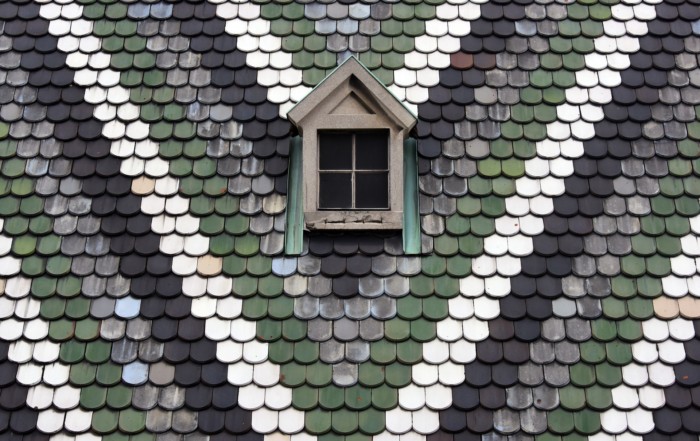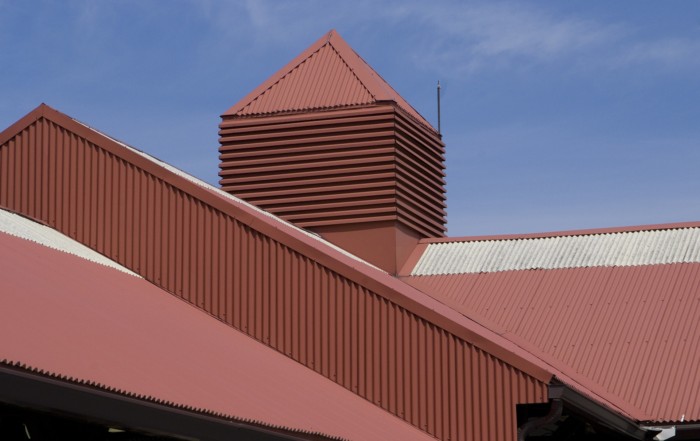With Hurricane Season in full force and rain becoming a daily occurrence, it’s important to learn how to properly clean unwanted debris from your roof’s gutter and drainage system that have built up over the recent months.
Performing this small task could prevent costly property damage and reduce the frequency of roofing concerns that can occur from a clogged system.
Rainwater must be able to flow effortlessly through gutters and downspouts – otherwise, your property will be vulnerable to water damage. By following safe cleaning practices, you will be able to protect yourself from physical harm as well as have squeaky-clean gutters.
Safety-First: The Ladder Chronicles
Pride aside, it’s important to always clue in a friend or family member when you decide to make the trek up your ladder to work on your gutters.
Never compromise a sturdy ladder for your desire to ‘get it over with.’ You’ll need a ladder that contains a small shelf and is powerful enough to bear the weight of a 5-gallon bucket (a.k.a. your debris collection bin).
For single-story buildings, a 4-legged ladder will suffice. If you’re cleaning the gutters of a structure that is 2 stories or more, you will need an extension ladder in order to adequately reach the system.
Avoid using any type of ladder incapable of a secure balance, such as a wooden or orchard ladder. Before beginning your climb, make sure you carefully assess your equipment for any loose parts or defects.
Additionally, the extension-hinge arms should be completely locked into position once you’ve opened up your ladder.

The Garden Hose & Gutter Scoop
You’ll want to grab a garden hose with a spray nozzle that has an adjustable water-pressure gauge. A trigger spray pistol-grip spout, in particular, is ideal for attaching the hose to the edge of your gutter as you are scooping out debris or repositioning the ladder to cover the next section.
In order to effectively cleanse your gutters of unwanted leaves, you’ll need to scoop away debris and discard them in your collection bin. Purchasing a plastic scooping tool, which is available online or at your local hardware store, will help lighten your workload.
Scooping instruments contain a slender, pliable front edge, allowing the tool to be virtually level with the bottom of your gutter. Even the toughest to remove debris can be scooped away fairly effortlessly due to the tool’s design. Steer clear of scooping tools composed of metal material; these instruments tend to scratch and damage gutters.
Additionally, steel gutters are prone to rusting and scraping the trough with a metal scooping tool can set the rusting process in motion.
Avoid Injury by Protecting Your Hands
Do your hands a huge favor and treat yourself to a pair of gloves. Gloves are essential for shielding hands from dirt, rotting leaves, and bacteria-ridden debris that have squirrel or bird droppings on them. Older gutters may contain shards of metal or jagged edges, which can pierce the skin and cause painful wounds. Leather gloves are not an ideal choice as they lack flexibility, disrupting your ability to maneuver around the gutter, and are prone to shrinking as they dry.
Likewise, rubber gloves can also prove to be unfavorable as the material will tear should you encounter any metal shards. Dirty water can quickly get through cotton gloves, leaving your skin exposed to harmful bacteria living in your gutters. So what type of gloves should you slide your hands into?
Gloves that use thick, suede material are the best option here.
Protective Eyewear is Key
While it may not set any new fashion trends, wearing protective goggles for your eyes is non-negotiable. As you’re clearing out those loaded gutters, debris will likely shoot out unexpectedly; and guess where you don’t want a rat dropping to land?
It’s not uncommon for bees, wasps, frogs, or mice to make a speedy exit from your gutters or downspouts as you’re casually freeing up a clogged section of the pipe. Eye injuries are dangerous and can lead to greater health issues, so make sure to shield your eyes before going to work.
Be Aware of Electrical Lines
If you’re clearing out a gutter around a power line that is resting on your building and no longer secured to the electrical pole, you’ll need to visually inspect the cable at the spot where it makes contact with your roof.
These cables are typically fitted with protective insulation. However, over the years, inclement weather and natural wearing away can cause the wire insulation to disintegrate and lose its effectiveness. Should you notice visible damages on the cable, contact a licensed professional to address and do not attempt to handle it on your own.
Similarly, if you encounter an electrical wire issue on a rainy day, postpone the gutter cleaning until the problem is resolved.
Water + electricity = an all-inclusive stay at your local hospital. Regardless of whether the sun is shining or it’s a rainy day, a good rule of thumb is to always have electrical issues, such as down power lines, restored to working condition before tackling your gutter cleaning tasks.
Conclusion
We hope that these tips will help you to safely clean out your gutters this fall. If your roof had experienced some damage as a result of clogged gutters, or if you need an expert to inspect your system and advise you on your options, contact the Sarasota roofing professionals at Avery Roof Services.









